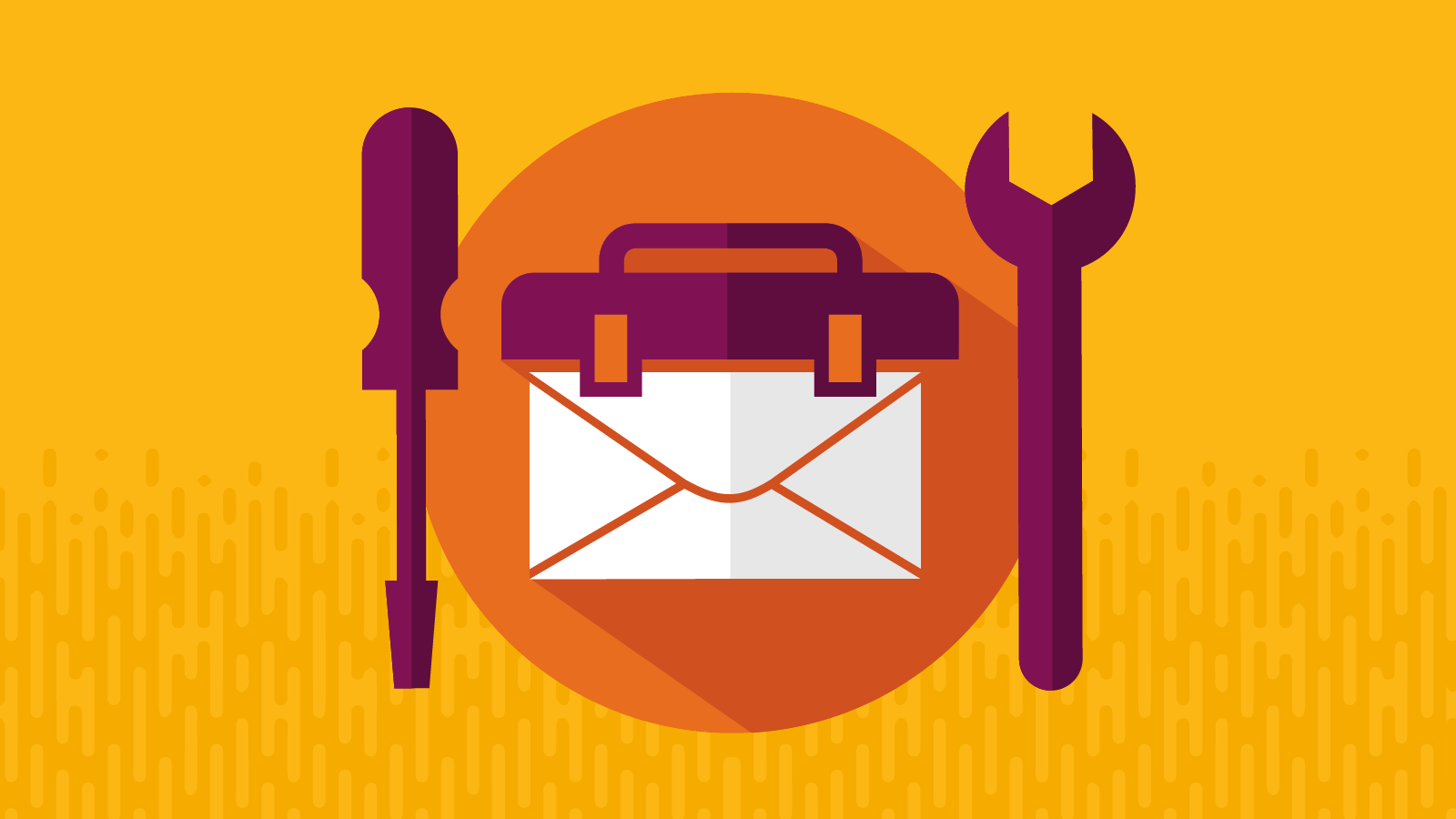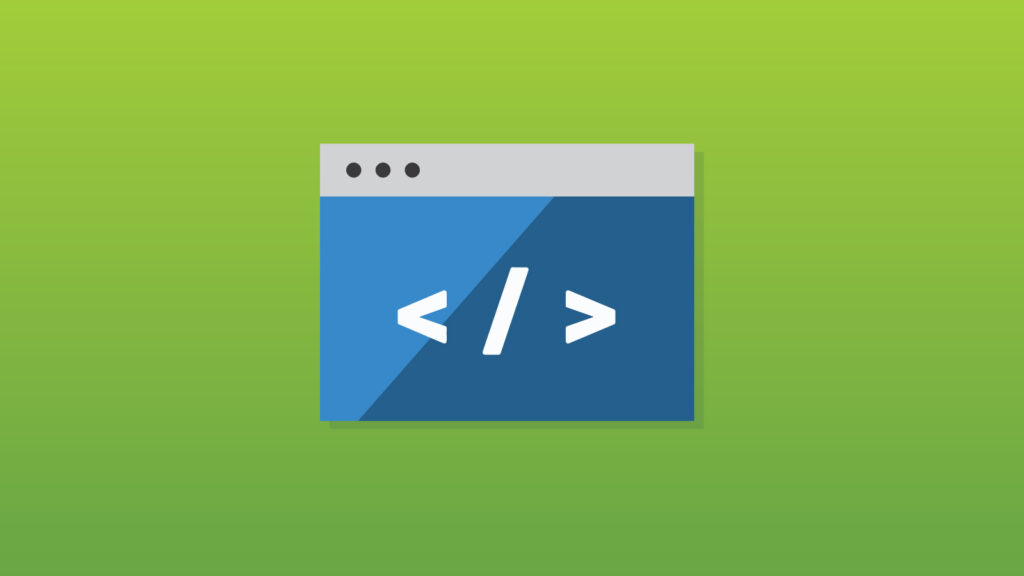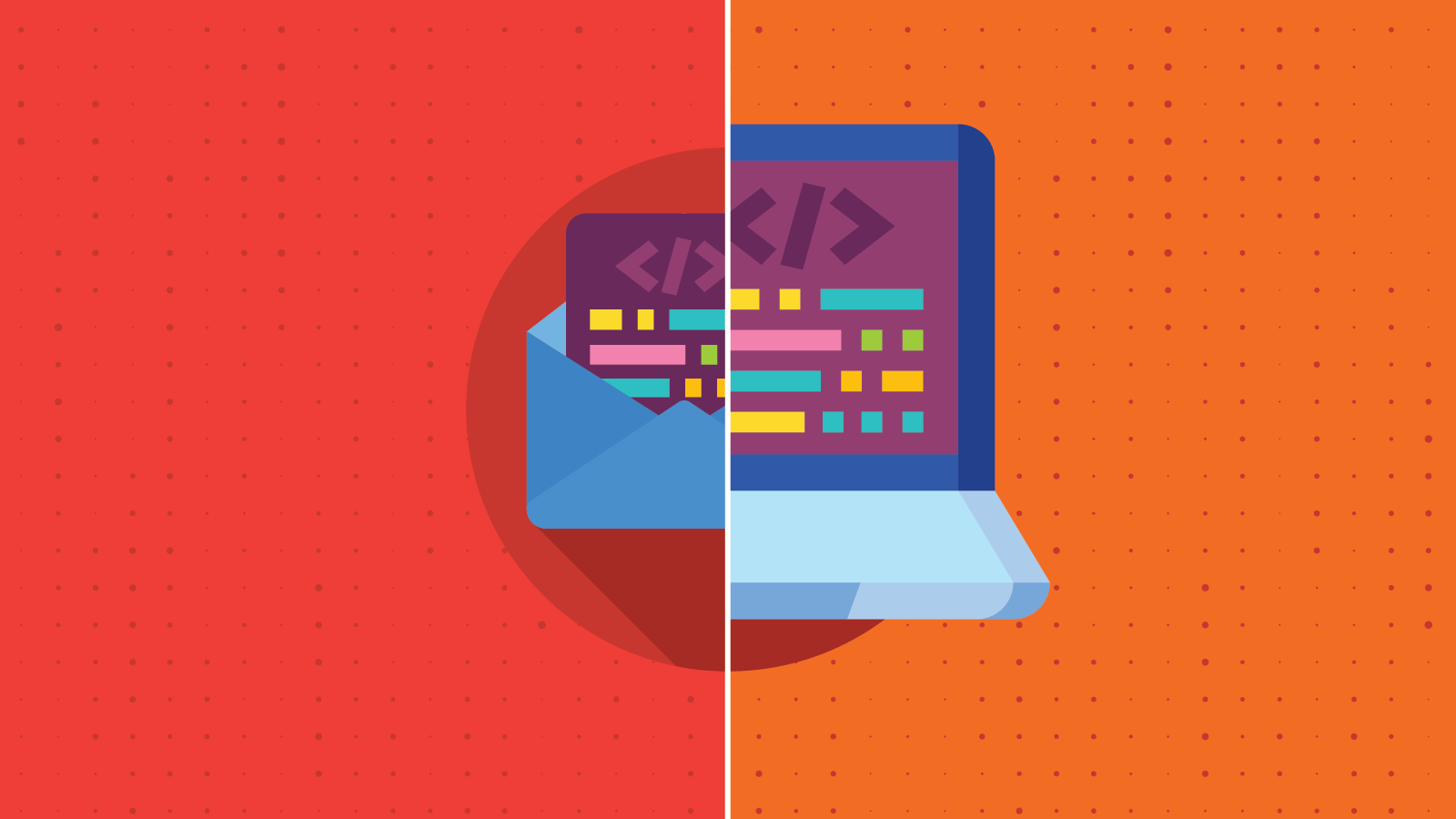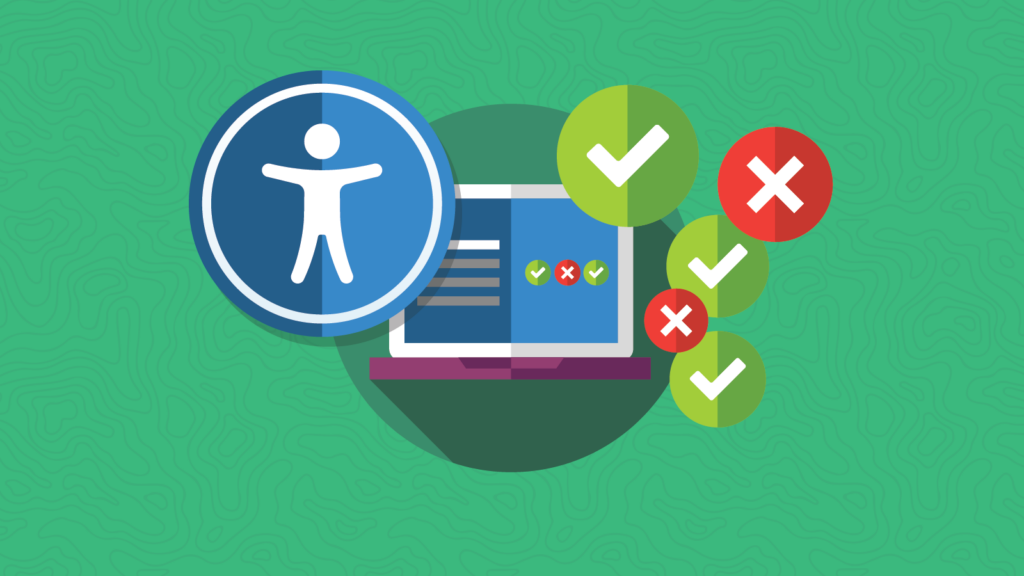Email Development
The Best Email Development Tools for Fast and Flexible Coding

Email Development

In the sometimes perplexing and confusing world of email marketing, the email developer is like a hero with superpowers who swoops in to save the day.
But of course, Batman has a utility belt and a Batcave full of stuff while Ironman’s got an endless supply of technology at his disposal.

The right email development tools can make your coding process faster, more efficient, and a whole lot easier! There are tools out there (some of them free) that tackle common email development challenges.
We’ve listed some of the best tools for email developers in this post – many of them I use myself. That includes tools built by members of the email geek community. Check them out!
Code snippets for email development allow you to grab commonly used sections of HTML and CSS to start building your email. Obviously, there’s no sense in using valuable brain power to memorize everything, and that’s where email code snippets come in very handy.
One resource I’ve used a lot over the years is Good Email Code from veteran email developer Mark Robbins. Here you’ll find essential email code snippets for a lot of different situations, including everything from coding responsive columns and hidden preheaders to the basic code you need in every email.
Email developer Jay Oram of ActionRocket offers some code snippets on GitHub including a repository of CSS resets for email. Another developer with some reliable resources on GitHub is Ted Goas.
When you’re troubleshooting common email client issues, you can also grab code from Email on Acid’s Tips & Tricks section. Check out our Email Coding 101 blog post for even more helpful snippets.

Seemingly simple coding tasks can get a little complicated in email. That includes things like backgrounds and bulleted lists. Other things, such as coding a mailto link with a specific subject line, can get messy to code by hand.
That’s why the best email development tools include web-based applications that quickly generate the clean code you need so you can copy and paste it right into your email. Here are a few code-generating tools that lots of email geeks use:
Calendar links are tricky to code because you need to make them work for different providers (Apple Calendar, Google Calendar, Outlook, etc.). A code-generating tool makes it much easier and ensures a good subscriber experience.
The term “bulletproof” in email development is used to describe an element that will work and display correctly regardless of the email client. Coding bulletproof backgrounds, buttons, and lists is usually necessary thanks to every developer’s favorite email client… Outlook.
Email on Acid’s character converter helps with HTML email encoding by switching special characters into the actual HTML entity, which ensures all text renders correctly.
The program you use to write and edit code is probably the most important of all email development tools. For a long time I coded emails using Dreamweaver, which worked just fine. However, it’s even better to use a tool that has email developers in mind.
One email coding platform that I highly recommend is a new kid on the block — Parcel. Founder and creator, Avi Goldman, is actively building an email development tool that makes editing and optimizing email code a lot easier for people like me.
One of the newer features I love in Parcel is how you can build a library of email components. These are repeatable blocks of code you can reuse and customize regularly. Unlike snippets, email components change wherever they’re used when edited. That’s super helpful and a huge time-saver if you’ve got an email design system or you use the same components for multiple brands. You’ll also appreciate how transformers in Parcel help you automate repetitive email development workflows.
Sublime Text is also a reliable HTML editor that I’ve used in the past. Another email development tool that comes up often in the email geek community is Alter.email. We all have different preferences, so play around and find the email editor that you like the best.
Email on Acid also has a basic email editor built into the platform. Most developers don’t use our editor to code emails from scratch. However, it’s nice to use as a find-and-fix tool when you’re troubleshooting things during the QA process.

One of the most tedious email coding tasks is inlining CSS styles. While you often can’t use external style sheets in email, many clients do support embedded CSS styles in the <head>. Unfortunately, some (like Outlook) do not. So, it’s usually necessary to apply CSS properties directly to the HTML.
It should go without saying that this could create a lot of extra work. But not if you use a CSS inliner as one of your trusty email development tools.
A CSS inlining tool lets you code a little more like a web developer. These solutions take the CSS styles from the top of your email, and then it applies them inline with HTML in the body. To put it simply, CSS inlining tools make you more productive by doing a lot of the work for you.
Here are a few places you can find a CSS inliner online:
Certain ESPs and other email platforms also provide CSS inlining tools. In fact, there’s one in Email on Acid’s editor too.
Templates are another way to make developing responsive emails faster and more efficient. First, there are some email development frameworks you can use to make the job a little easier. They typically do that by requiring a lot less code writing to build an HTML email.
MJML (Mailjet Markup Language) is an open-source, responsive email framework that has a lot of fans in the email geek community. It’s also supported in Parcel. MJML tags are high-level components that the framework’s engine translates into responsive HTML.
The open-source Maizzle platform uses the Tailwind CSS framework, which email developers can use to create responsive templates without worrying about any inline CSS styles. Maizzle also offers config files for creating interactive templates with AMP for email.
Ted Goas, who we mentioned earlier, build another popular email framework called Cerberus. It offers different templates for fluid, responsive, and hybrid email design. These are excellent starting points for creating your own email templates.
BEEFree.io offers yet another option. This platform has drag-and-drop functionality. So, it’s an email design tool meant for those who are less familiar with email development and want to avoid messing around with code. With the right plan, you can export templates directly to your email service provider (ESP).
Blocks Edit is also a drag-and-drop tool for email marketing teams. The tool is meant for marketers, developers, and designers to use together. However, instead of simply using a generic email template and customizing it, developers can use their own code and then add Blocks Edit tags around. Those tags control how designers and marketers are able to customize the templates.

Email accessibility is an important topic. Not only because of inclusivity, but because if you want to maximize email engagement, you need an accessible inbox experience.
Two of the most important things to check are color contrast and how easy it is for software known as screen readers to interpret email code. Sinch Mailjet has an excellent resource listing top platforms for accessibility testing.
One web-based option that’s designed specifically for email is AccessibleEmail.org. With this free email development tool, you simply paste in your HTML code and it gets analyzed for accessibility factors.
There are plenty of color contrast checkers online, but the tool from WebAIM is definitely one I’d recommend.
Semantic code and ARIA labels are two crucial factors in developing content for screen readers. Check out my post on How to Code Accessible Emails to learn more.
To wrap things up, here are some additional email development tools and valuable resources that are categories of their own:
Can I Email: This tool lets you enter different CSS properties and other elements to find out if they are supported in various email clients. Can I Email is a comprehensive resource that gets updated regularly. It’s maintained by legendary email developer Rémi Parmentier.
EmailPreview.io: This tool from fellow email geek Stephanie Griffith is a simple tool that lets you preview the output of your code. Just drop in your HTML or an EML file and check it out. Then, you can download and archive it when you’re happy.
HTMLCrush: This is a useful tool for minifying HTML code in your emails. It gets rid of unnecessary code, keeps your HTML clean, and reduces the overall weight (file size) of the email.
Email Comb: This tool is for minifying CSS. It removes unused CSS from your email templates to keep them sleek. Email Comb is non-parsing, so it accepts HTML code with ESP markup or other templating language.
TinyPNG: Large images can be problematic and slow down email load times. Sometimes, designers send you graphics that are just way too big. This tool uses smart lossy compression techniques to reduce the file size of PNGs and JPEGs.
Better placeholder: Whether you’re building an email template or waiting for a creative asset while you code, a placeholder helps you fill the void with the right aspect ratio. Email geek Dylan Smith built this handy tool for designers and developers that lets you easily specify a placeholder image’s width, height, color, custom text, and file format.
Email Geeks Slack: Let’s be honest… forums are so 2012, If you want fast and reliable answers to email questions, apply to join the Email Geeks Slack. There are channels for email code questions as well as design, freelancing opportunities, vendor channels, and more. It’s a great place to connect with others in the email world.
Email on Acid was created to solve some of the most common email development challenges. While we’re known for email previews, many other solutions are built right into the automated Campaign Precheck workflow:
Being an email developer isn’t easy, but your team is relying on you, and your brand’s subscribers have high expectations for impeccable inbox experiences. Testing and previewing every email, every time gives you the best chance of delivering email perfection.
Got your own email development tools to suggest? Let us know all about them in the comments.